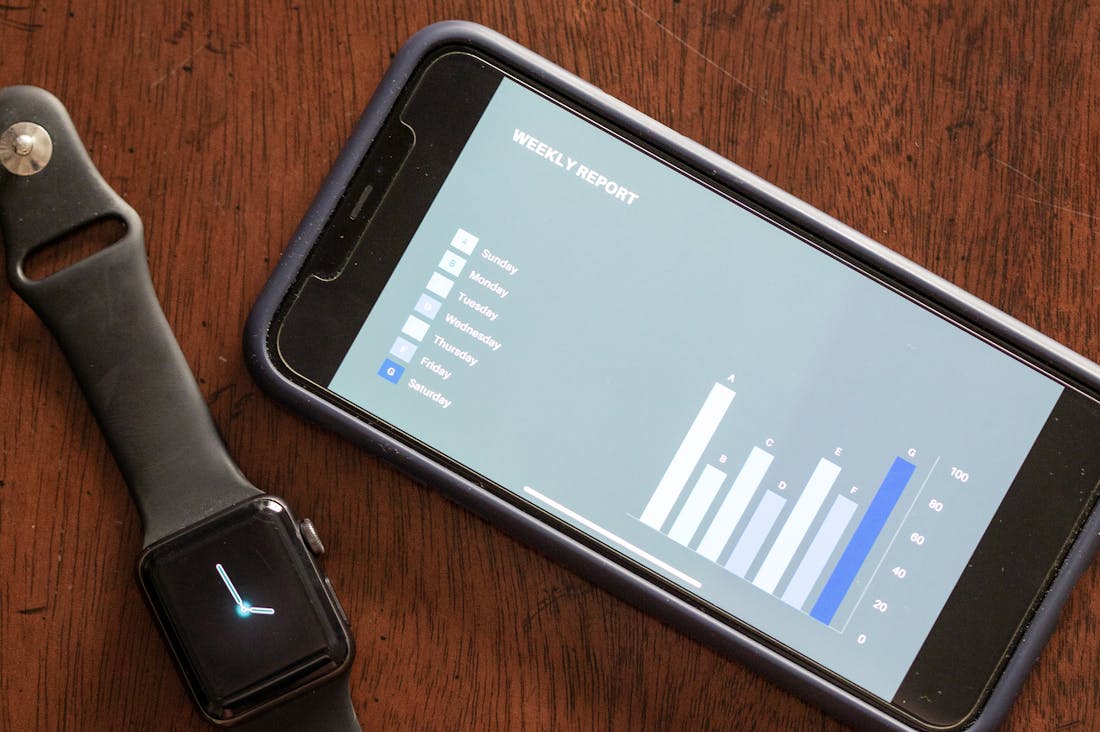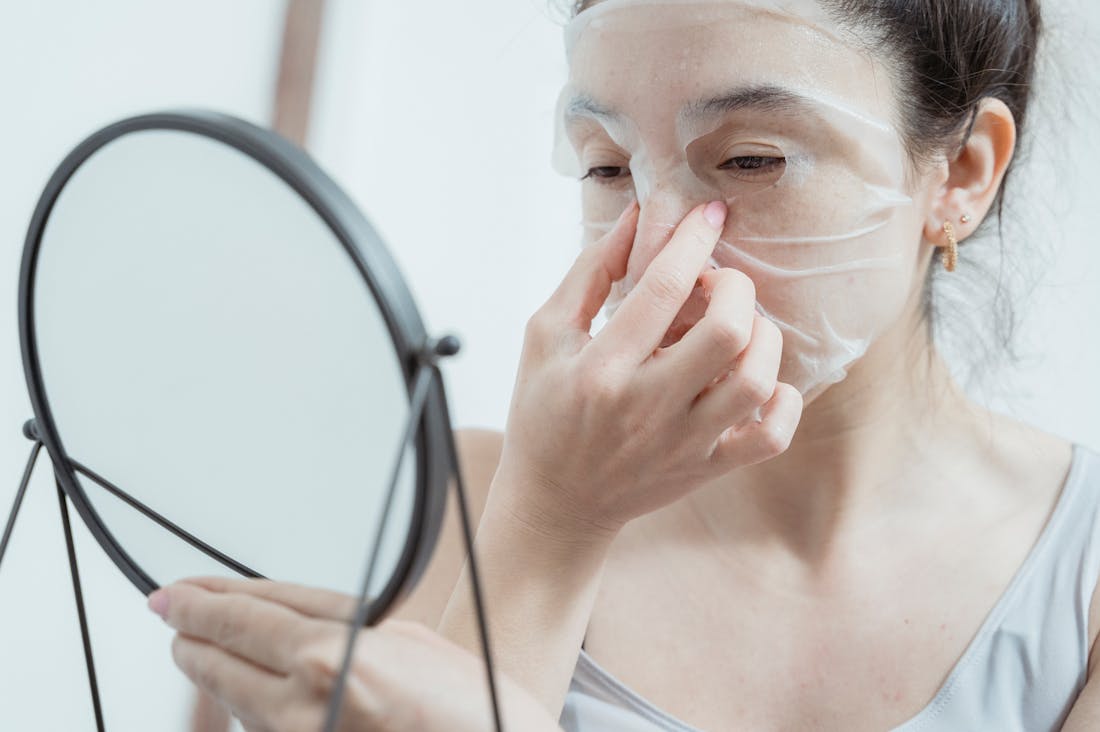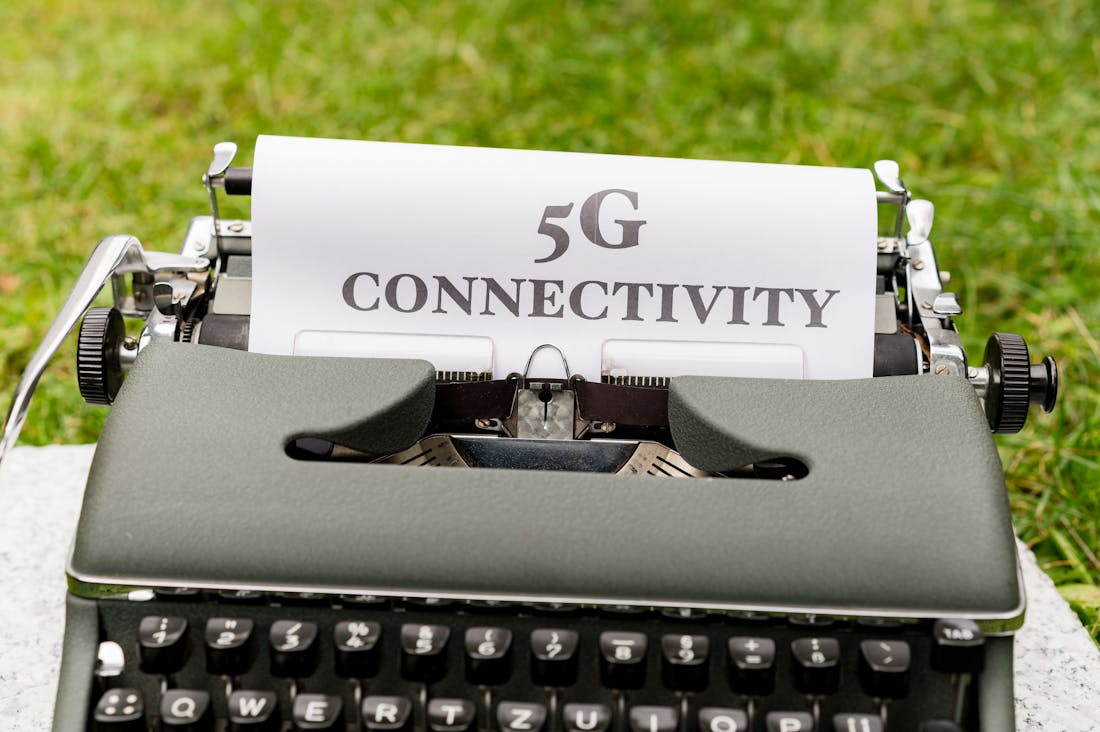In an era where technology permeates every aspect of our lives, the intersection of technology and wellness presents groundbreaking opportunities for personal health improvement. Innovations ranging from wearable fitness trackers to smart home devices are transforming the way we approach fitness, mental well-being, and overall health. These gadgets empower individuals to make informed choices, track their habits, and foster a balanced lifestyle. As we explore these cutting-edge innovations, we uncover how technology can enhance our wellness journey and promote healthier living in today’s fast-paced world. Join us as we dive into the latest advancements that are reshaping our approach to health and wellness.

Wearable Technology: Tracking Your Health Journey
Wearable technology has revolutionized the way individuals monitor and manage their health journeys, offering unprecedented insights into personal fitness and well-being. Devices like smartwatches and fitness trackers are equipped with advanced sensors that can track vital metrics such as heart rate, sleep patterns, physical activity, and even blood oxygen levels. This real-time data empowers users to set specific health goals, whether it's improving cardiovascular fitness, achieving weight loss, or enhancing overall wellness. By providing feedback and encouraging accountability, wearables foster a proactive approach to health management. Additionally, many devices integrate with apps that analyze trends over time, aiding users in making informed lifestyle choices while promoting a holistic understanding of their health. Ultimately, these innovations not only enhance personal well-being but also contribute to a broader movement towards preventive healthcare.

Applications That Enhance Your Wellness Routine
In today’s digital age, numerous applications have emerged to enhance and simplify wellness routines, catering to various aspects of physical and mental health. Fitness apps like MyFitnessPal and Strava allow users to track their workouts, set goals, and monitor progress, fostering motivation and accountability. Meditation and mindfulness apps such as Headspace and Calm provide guided sessions that help reduce stress and improve mental clarity. Moreover, nutrition-focused apps like Lifesum offer personalized meal plans based on individual dietary preferences, promoting healthy eating habits. Sleep tracking apps, such as Sleep Cycle, also help users analyze their sleep patterns, leading to better sleep quality. Overall, these applications serve as valuable tools that empower individuals to adopt and maintain a holistic approach to health and wellness.

The Future of Health-Tech Integration
The future of health-tech integration promises a transformative landscape for healthcare delivery, where technology seamlessly augments medical practices to enhance patient outcomes and improve operational efficiency. As artificial intelligence, telemedicine, and wearable devices become increasingly prevalent, the healthcare sector is poised to leverage real-time data for personalized treatment plans and proactive health management. Interoperability between electronic health records and health applications will enable clinicians to access comprehensive patient information instantaneously, fostering better decision-making. Moreover, advancements in blockchain technology could ensure secure and transparent health data sharing. Ultimately, this evolution will lead to more patient-centered care, reducing costs while improving accessibility and quality of services. The integration of health technologies holds the potential to reshape our approach to wellness, disease prevention, and chronic disease management, ensuring that healthcare is not only reactive but also proactive and predictive.
The Role of Virtual Reality in Wellness and Fitness
Virtual reality (VR) technology is emerging as a powerful tool in the wellness and fitness landscape, offering immersive experiences that can enhance physical activity and mental well-being. Utilizing VR headsets, users can engage in simulated environments that encourage movement, such as virtual cycling through scenic landscapes or participating in interactive fitness classes. These experiences not only make exercise more enjoyable but also motivate individuals to stay active. Additionally, VR applications for meditation provide tranquil settings where users can practice mindfulness, helping to reduce anxiety and improve emotional health. By combining entertainment with exercise and relaxation, VR technology is reshaping how we perceive and engage in wellness activities, providing an innovative approach to physical fitness and stress relief.
Smart Home Devices: Enhancing Everyday Wellness
Smart home devices are playing a crucial role in promoting wellness by creating environments that support healthy living. From smart thermostats that maintain optimal temperatures to air quality monitors that ensure clean air circulation, these devices contribute to a healthier home atmosphere. Additionally, smart kitchen appliances can assist with meal preparation, offering recipes tailored to dietary needs and preferences. Voice-activated assistants can remind users of hydration goals, workouts, and even meditation sessions, integrating wellness into daily routines. Furthermore, automated lighting systems can simulate natural sunlight to regulate circadian rhythms, promoting better sleep. The integration of smart technology in homes not only enhances comfort but also fosters a lifestyle focused on health and well-being, making it easier for individuals to prioritize their wellness goals.
Community Engagement Through Health Technology
Health technology is not only about individual wellness but also about fostering community engagement and support. Social platforms and apps dedicated to health allow users to connect with others who share similar health goals, creating a sense of accountability and motivation. These platforms facilitate group challenges, where participants can encourage each other to achieve fitness milestones or adopt healthier eating habits. Virtual support groups for mental health provide safe spaces for individuals to share their experiences and seek advice, reducing feelings of isolation. Moreover, community health challenges organized through local wellness apps encourage collective participation in events like charity runs or health fairs, uniting people towards common health initiatives. By leveraging technology for community building, individuals can experience enhanced motivation and support, ultimately leading to improved health outcomes and a stronger sense of belonging.